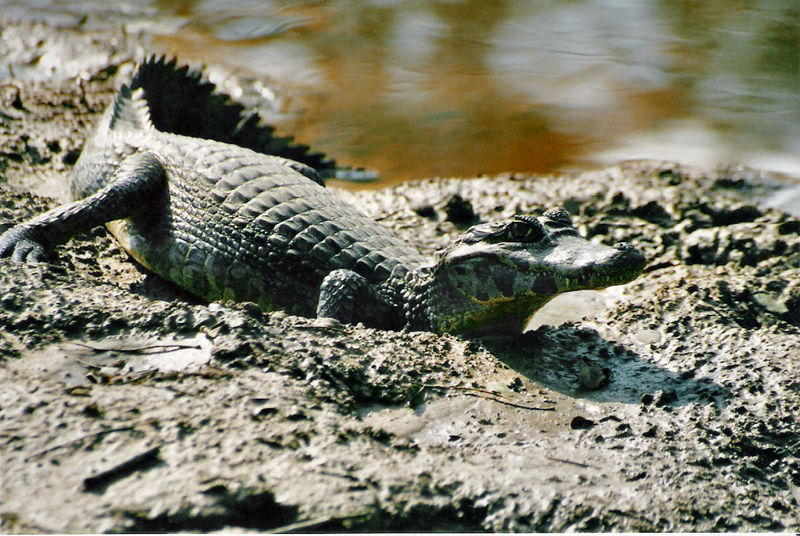
There is something eerie about the protrusion of an alligator’s snout and eyes as they cruise their swamp looking for food. Among the alligator species, I think the Caiman has an especially evil, up to no good, look going for them. Today, we are going to Central and South America to see if we can get a close up view of this sinister looking reptile. These alligator species can typically be found blending in with the muddy, marshes they love to inhabit, so you we will need to have a sharp eye to catch a glimpse of this magnificent (but creepy) creature.
The Mean Look
So what gives the Caiman that menacing look? Well, it could be their long snout or even their beady, yellow eyes (with their sideways eyelids), however, I think the scary part comes from the fact that these alligators don’t generally travel alone. That’s right, if you spot one Caiman, there is a very good chance there are several others around you…..that you may not see!
Caiman vs. Crocodile vs. Alligator
Sometimes telling the difference between a caiman, an alligator and a crocodile can be difficult. The easiest way to distinguish the three species apart is by observing their snout, however, I don’t recommend getting too close :).
See the differences below:
Caiman
- Rounded nose
- Oversized Upper Jaw
- Many Teeth Showing
- Dagger-Like Teeth
- Inside of Their Mouth is Orangish in Colour
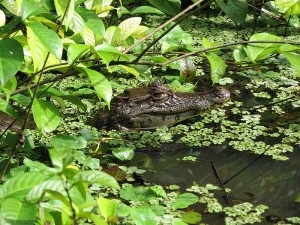
Alligator
- Rounded nose
- Slight Overbite
- Conical Shaped Teeth
- Inside of the Mouth is Beige Colour
Crocodile
- V-Shaped Nose
- No Overbite
- Dagger-Shaped Teeth
- Prominent Bottom 4th Tooth
- Inside of the Mouth is Orangish in Colour
Small But Feisty
Depending on the species of Caiman they are typically smaller than alligators and crocodiles. This is probably a good thing considering they tend to be the most aggressive of the three and as such, they are not afraid to sink their teeth into anything that gets too close. Obviously, I don’t recommend getting too close, however, this aggressive behaviour doesn’t seem to bother everyone as certain Caiman’s are popular among the pet trade. Their smaller size and aggressive behaviour most likely would make them entertaining pets but I don’t think I would want to tempt fate by having one roaming around my house.


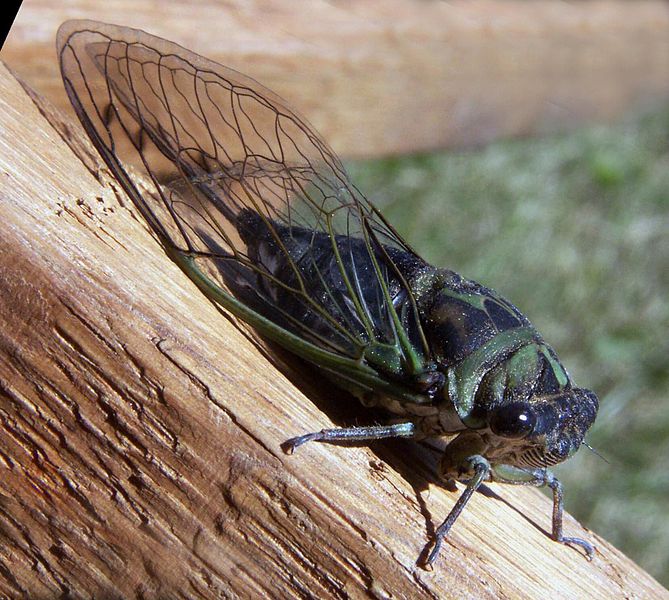
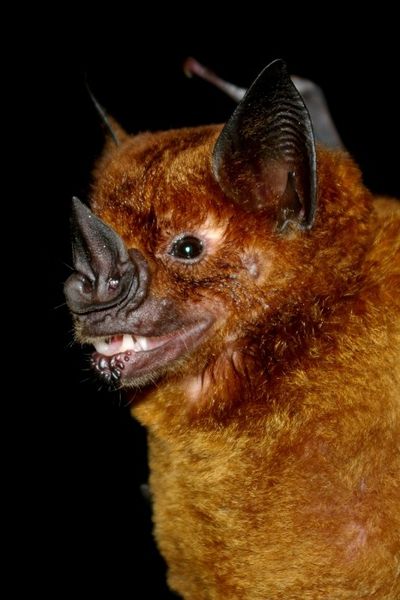
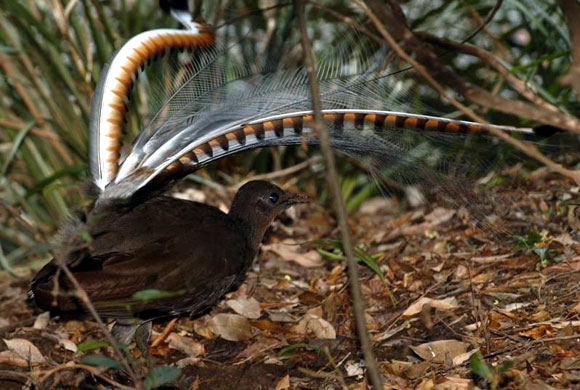
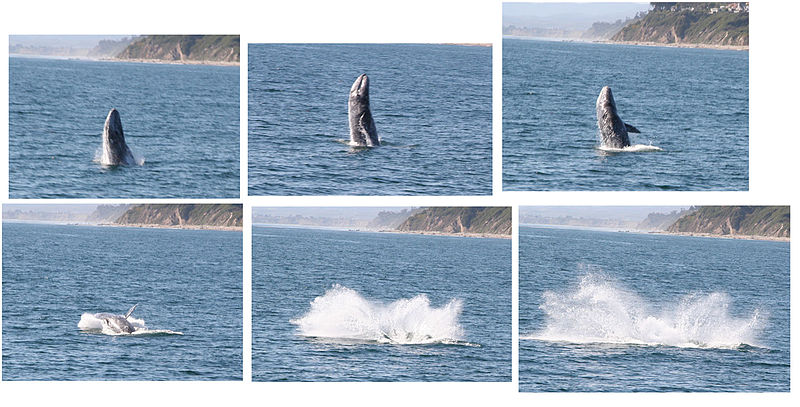
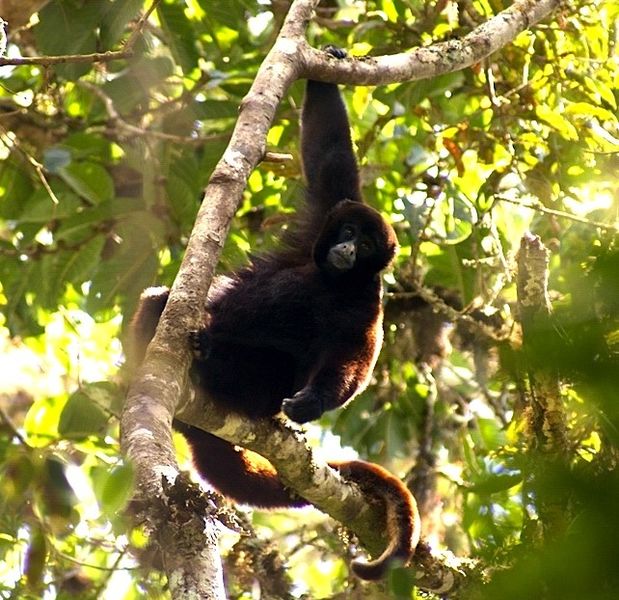
good work, keep it up , so when will u visit kenya so that we learn more abt afro-animals
Very good information. A question was asked, what is the young of a crocodile called. Everybody said Hatchling, but was told not correct. I have researched and thats how I came up with your info. However I thought it was a Caiman,but you specify the difference between all three, so im lost again. Please tell me what is it called?